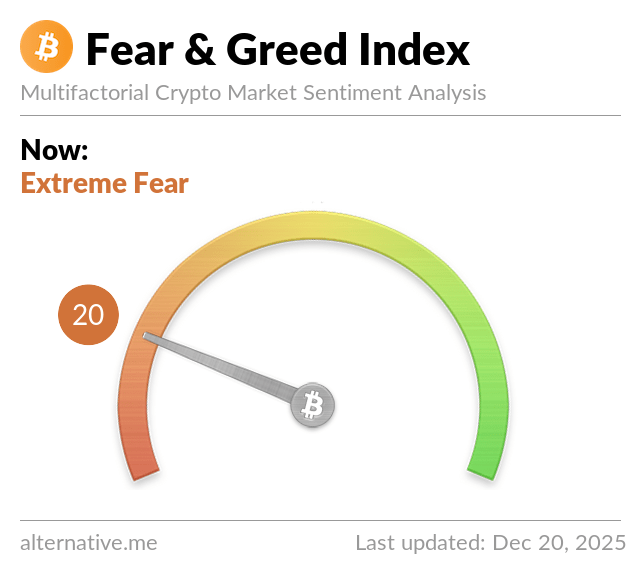CARV, a pioneering Web3 data platform, is embarking on an ambitious journey to develop an innovative AI roadmap. Unlike conventional AI integrations such as chatbots or content management systems, CARV envisions the creation of fully autonomous AI entities, termed “AI Beings,” that operate on-chain, equipped with their own memory, identity, and economic behaviors.
While many blockchain projects leverage AI primarily to enhance analytics and recommendation systems, CARV’s initiative seeks to establish software agents that function independently within decentralized blockchain frameworks. These autonomous agents could potentially manage cryptocurrency wallets, earn tokens, participate in governance decisions, and even replicate or initiate the creation of new agents.
This concept is fundamentally intertwined with the core attributes of blockchain technology: verifiable identity, decentralized authority, and open accessibility. CARV posits that these traits are crucial for the agents to operate without reliance on centralized infrastructure. The company has developed an extensive tech stack that includes a specialized SVM Chain tailored for AI-related transactions, a decentralized identity standard known as ERC-7231, and a framework referred to as D.A.T.A.
The proposed development strategy revolves around a comprehensive five-layer “AI Being Stack,” which encompasses execution infrastructure, communication protocols, identity tools, economic logic, and application support. While this setup is both ambitious and groundbreaking, it remains largely theoretical at this stage.
A Roadmap Divided into Three Phases
CARV has articulated its vision in a structured three-part roadmap: Genesis, Pulse, and Convergence.
The inaugural phase aims to launch wallet-connected AI agents within consumer applications. These agents will utilize user-consented data and safeguard memory through secure computing methodologies and cryptographic assurances. CARV plans to make these applications available on both Google Play and the App Store, although specific launch dates have yet to be disclosed.
The second phase will introduce on-chain learning capabilities. In this stage, agents will begin to modify their behaviors based on user interactions, staking signals, and governance votes. These inputs will be validated by a network of validator nodes responsible for overseeing data flows and agent actions. CARV envisions combining elements of blockchain governance with reinforcement learning, though the precise mechanisms for model training and evaluation remain undefined.
The concluding phase envisions enhanced collaboration among agents. At this stage, AI beings would interact with one another, exchange information, and coordinate efforts across various applications. For instance, a health assistant may communicate with a financial bot, with such interactions governed by shared identity and reputation protocols anchored in on-chain logic.
Bridging the Gap Between Vision and Reality
While CARV’s ambitious roadmap signifies a substantial shift from traditional “tools” to autonomous agents, numerous components are still in their infancy or untested. Although the integration of blockchain with AI has garnered interest, large-scale coordination of independent agents—particularly those interacting with real-world assets—presents complex technical, ethical, and security challenges.
The primary obstacles include:
- Complexity of Agent Operations: Training AI to function autonomously and safely within decentralized ecosystems is still a burgeoning field, with most existing projects relying on supervised models or narrow applications.
- Security Concerns: Autonomous agents endowed with control over cryptocurrency wallets or governance responsibilities may be susceptible to manipulation or exploitation, making it difficult to verify their actions within an open system.
- User Trust and Adoption: The willingness of users to trust AI agents that maintain memory on-chain or engage in financial decision-making remains uncertain. CARV’s success hinges on securing consent, ensuring transparency, and establishing technical literacy.
- Lack of Third-Party Validation: Most of the roadmap has emerged directly from CARV, with limited external evaluation or public feedback regarding the viability of such an agent system at a larger scale.
A New Strategic Positioning
The roadmap also reflects a strategic pivot in CARV’s positioning. Initially marketed as a data coordination platform for Web3, the company is now framing its infrastructure as a foundational layer for agent economies. This repositioning aligns with the growing industry interest in the intersections of “AI and Web3,” though it risks veering into speculative domains.
Ambero Tu, the Chief Technology Officer at CARV, emphasized the goal of constructing systems in which AI agents and human users collaboratively govern and jointly own services. While this vision is forward-thinking, the specifics regarding the deployment timeline and the risk management strategies have yet to be clearly articulated.
Currently, CARV is in the initial stages of deployment. If the company can successfully demonstrate functional agents within real-world applications—while evidencing their ability to enhance utility without introducing new complications—it may garner broader interest and support. Until then, its aspirational objectives largely remain conceptual.
(Photo credits to Immo Wegmann)
Further insights: China could explore Yuan stablecoin routes via Hong Kong, despite challenges – Morgan Stanley

Discover additional upcoming enterprise technology events and webinars powered by TechForge here.











